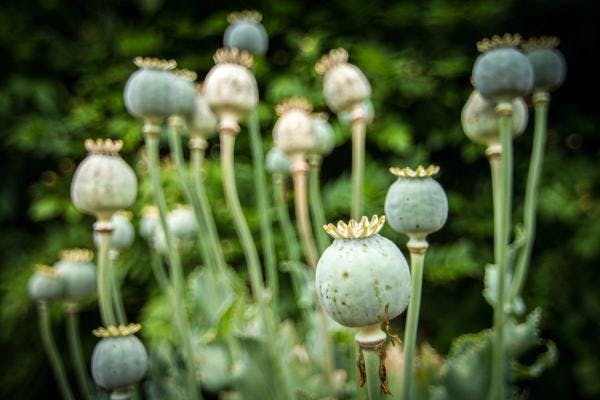Unsplash - Tim Cooper
Trazar una ruta para la goma de opio de México hacia Canadá como medida de reducción de daños de suministro seguro
Snapp y Herrera analizan las ventajas de establecer un comercio lícito de opio en Norteamérica como iniciativa de salud pública y desarrollo. Más información, en inglés, está disponible abajo.
By Zara Snapp Jorge and Herrera Valderrábano
Historically, the poppy plant has had multiple uses including as a food product and with medical uses in pain relief; today it is most commonly known as the plant from which heroin is derived. The United Nations international drug control regime currently only allows legal poppy production for medical use in 19 countries. Although Mexico is the third largest illegal poppy producer in the world, no Latin American country is currently allowed to legally produce poppies.
Meanwhile, the United States and Canada are experiencing an overdose crisis due in large part to the adulteration and substitution of heroin with fentanyl and its analogues, while the price of opium gum has dropped 80% in the last two years in poppy producing areas of Mexico. The prohibition of opium has wide ranging health and development impacts that bring up a moral imperative regarding the safe supply of diverse opium-based products –including opium gum and heroin– that urgently need to be explored and addressed. Opium gum can be used orally or smoked, reducing riskier modes of administration and possible fatal overdoses.
Click here to read the full article (restricted access).
